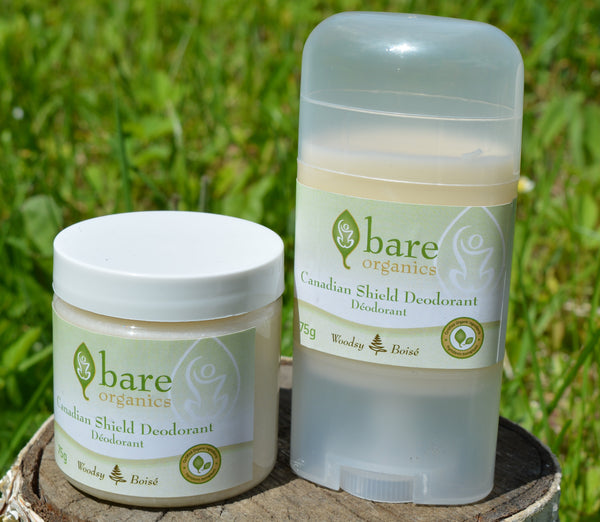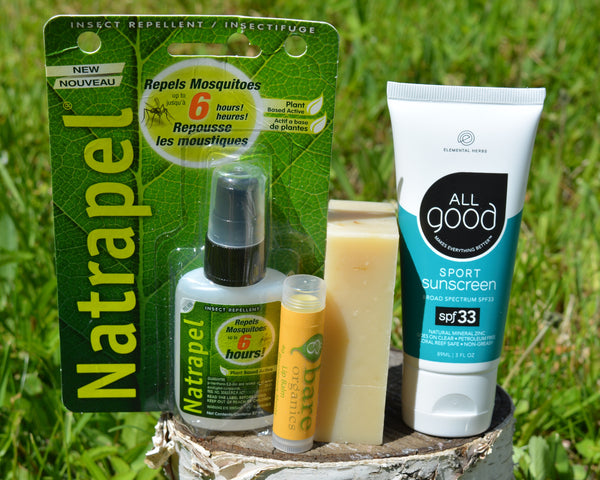
Recently, I was invited to be a guest panellist discussing Toxins in Everyday Life. The headline speaker was Dr. Rick Smith, former Executive Director of Environmental Defence and Co-Author of Slow Death By Rubber Duck. Here are some highlights and important messages I took away from the evening…
Toxins are everywhere. But most of the toxins we are exposed to are in everyday items that we use and consume and enjoy in our homes. That’s right, INside our homes. Since we spend up to 90% of our lives indoors at home, we should be paying more attention.
A few scary observations from the results of experiments in Slow Death by Rubber Duck. To get an accurate depiction of toxic exposure on a daily basis within our homes, the authors exposed themselves to normal consumer products, at normal usage levels. They had their chemical levels tested via blood and urine samples before and after exposure to these products. They discovered:
Ready to crawl under a rock yet?
Want some good news? Most of these chemicals are water soluble, meaning we can literally flush them out and reduce our levels if we stop using them. So how can you get started? This is a long process, but some of the most obvious ways to start include:
I can think of a million more, but we only had a limited time to talk. Some of this is from the evening, some are excerpts from the book, and some are my added two cents. It’s an excellent starting point.
And now for some added insights related specifically to personal care products… (my contribution to the evening)
The average woman uses 12 personal care products per day and the average man uses 6. Twelve conventional skin care products can contain over 200 unique chemical ingredients, most of them derived from petrochemical by-products. Can you image what levels of chemical soup we must have percolating inside us when we use products day after day, month after month, year after year?
It doesn’t have to be this way. We are smarter than this. It only takes a little bit of research to educate yourself on products/ingredients to avoid, and ways to simplify your personal care routine.
As a starting point, check out Environmental Defence’s Just Beautiful Campaign and the Environmental Working Group’s Cosmetic Database. They have excellent info about toxic ingredients to avoid.
Then complete a serious inventory of all the products you use/have. Throw out the ones you don’t use. One by one, read the ingredients of each product and decide how much you need it/want to use it.
Seek greener alternatives. Don’t just replace product with product, but look at it’s uses. Do you need 3 different moisturizers when maybe just one will do the trick everywhere? Do you really need moisturizer everywhere? Look at all the products you use, all their uses, and all of your skincare needs. You probably need a lot less product than you think.
Feel crafty? Look up recipes for how to make your own products.
And carry on like this. Use the mantra ‘Reduce. Reduce. Reduce.’ Then, ‘Simplify. Simplify. Simplify.’ You will get there.
It can seem an overwhelming process, but it can be done, little by little. If we all make small changes, it can have a big impact. Start with yourself. Make changes. Move towards a goal you feel good about. Vote with your dollars. Support companies that are creating the kind of world you want to live in.
And so much more to add, but this is a good start for now. Get going!!
Comments will be approved before showing up.


From our June 2014 E Newsletter:
~ written by mama bare
Common Sense Sun Protection
I absolutely love soaking up the sunshine this time of year. While it’s true that the sun’s rays are far more powerful now with our depleting ozone layer, sunshine is still vital for our health.
Karen Kerk
Author